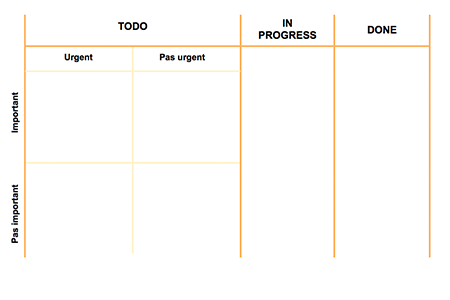
It’s a rare occurrence for projects to reach completion without encountering obstacles. As a result, it becomes crucial to effectively manage these obstacles. In this article, we will explore how to efficiently manage obstacles within an agile project, and this approach can be extended to various project management scenarios. Allow me to introduce you to the concept of the “Obstacle Board.”
Utilizing the Merril & Covey Matrix for the Obstacle Board
Directly derived from the Kanban universe, this matrix provides a comprehensive framework for managing obstacles. Originally presented in the 1990s by A. Roger Merril, Rebecca R. Merrill, and Stephen Covey in their book “First Things First,” the matrix is particularly useful for project managers. It employs two axes: obstacles’ urgency and relevance.
The key outcomes of this matrix are as follows:
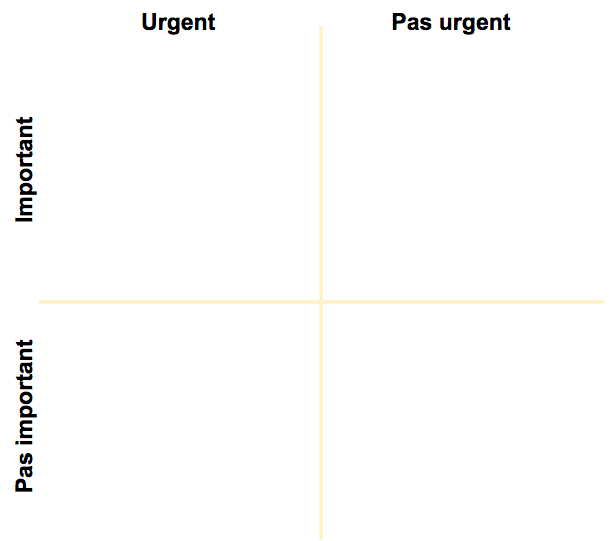
Completing the Obstacle Board
To closely monitor the progress of obstacle resolution, we recommend introducing two additional columns to the board: “In Progress” and “Done.”
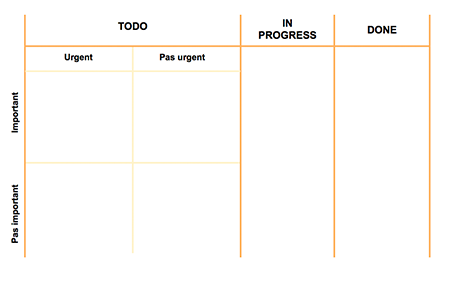
By doing so, you can effectively track the advancement of obstacle resolution across the board. This board holds significant value as it allows you to showcase the status of obstacles to everyone in the company. If an obstacle significantly hampers project progress, it’s visible to all stakeholders.
Synchronizing the Obstacle Board and Kanban
It’s imperative not to leave obstacles unattended. Throughout the project, continuous monitoring and decisive action are essential. To achieve this, consider adding a new task to your Kanban board that corresponds to the obstacle on the Obstacle Board.
Here’s the resulting synergy:
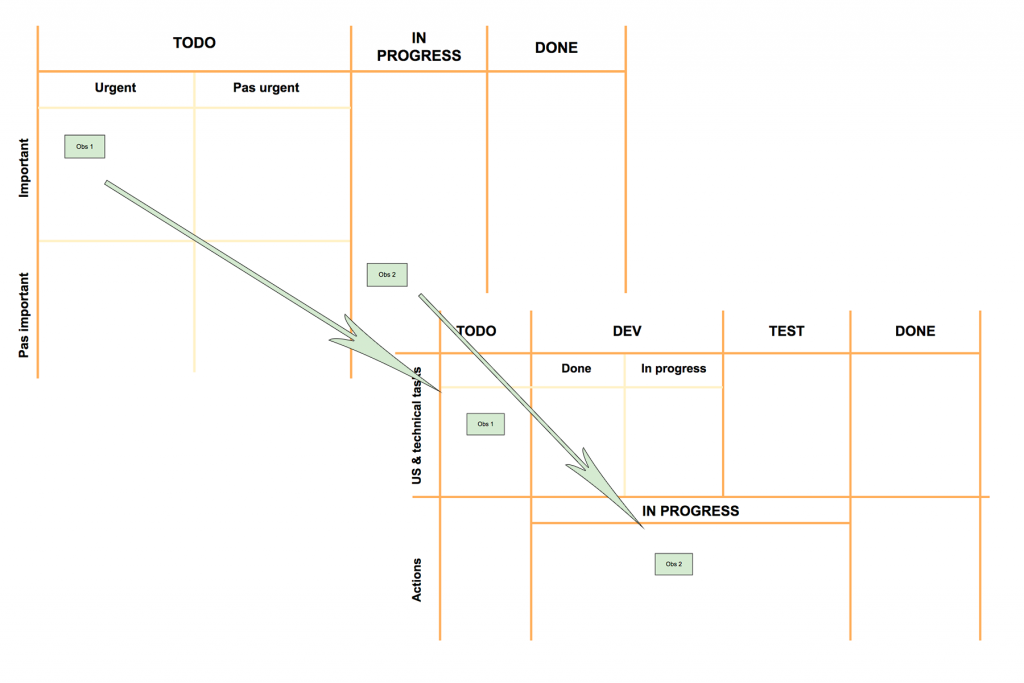
In the example above, a complex Kanban board demonstrates two types of tasks for resolving obstacles (User Stories and classic actions, for instance). I recommend incorporating a new task type called “Impediment” into your Kanban board. This assists your team in assessing the rate of disturbance caused by obstacles. The team utilizes it to address obstacles, enhancing progress reports and predictive capabilities.
Essential Key Indicators to Incorporate
Tracking lead time and cycle time proves valuable. As soon as an obstacle is added to the Obstacle Board, consider noting the effective date. Additionally, when an obstacle is in the “In Progress” stage, you can add a small marker to the Post-it note every day to monitor its cycle time.
Here’s an example of an obstacle Post-it that you can include on your board:
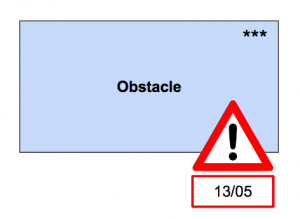
In Conclusion – The Obstacle Board
You now possess a foolproof technique for managing obstacles using effective visual management and insightful metrics. Should you encounter numerous obstacles during your agile projects, don’t hesitate to employ this technique, the Obstacle Board, to enhance your obstacle resolution process.

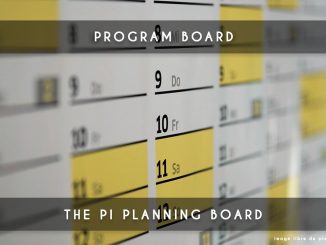
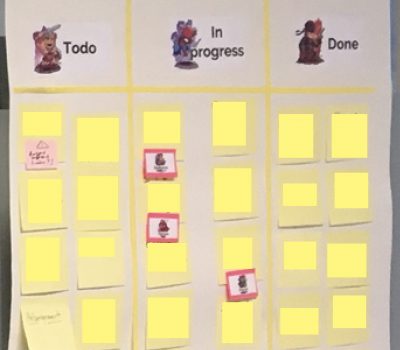
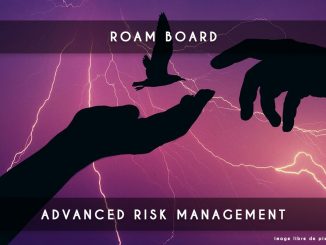
2 Trackbacks / Pingbacks